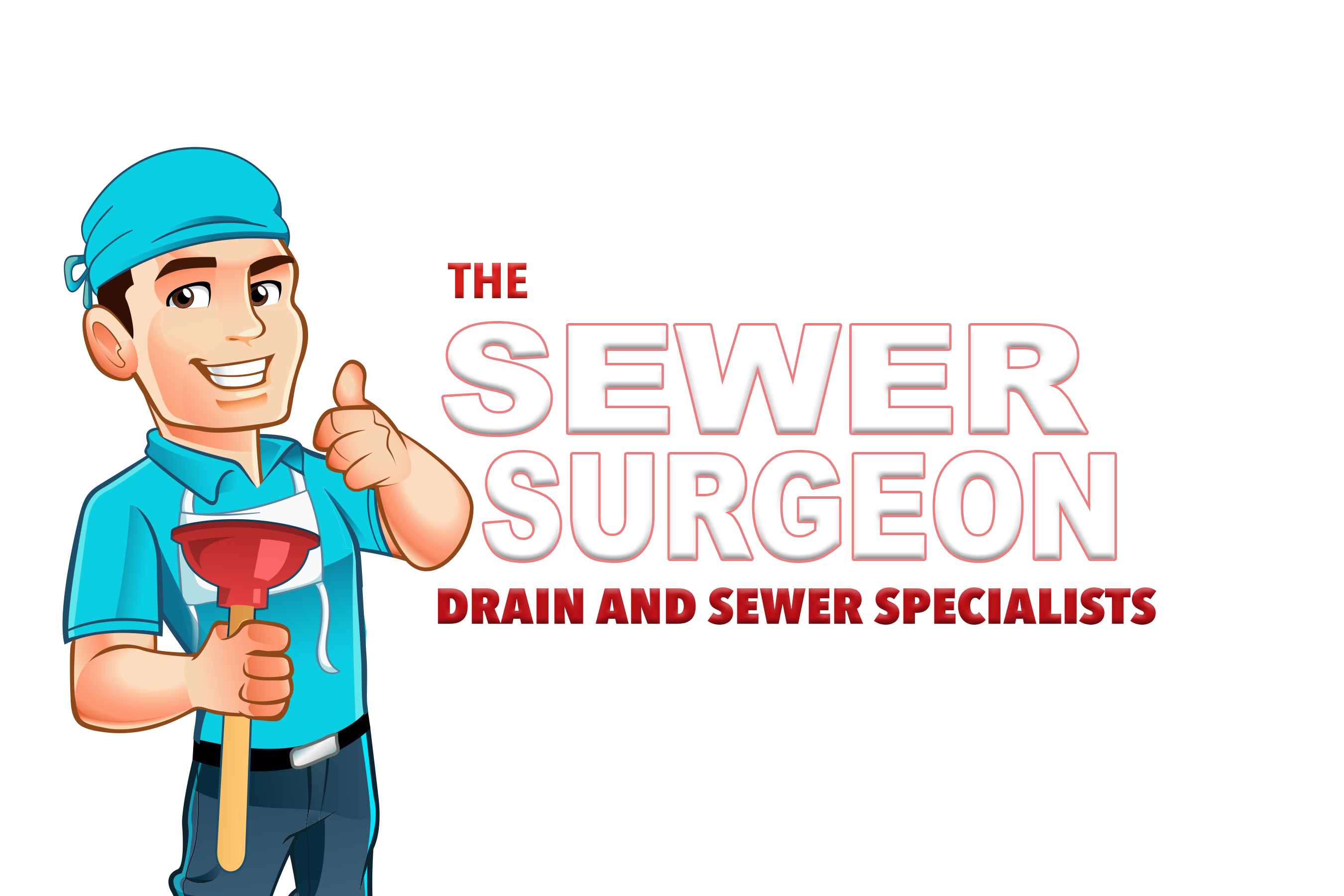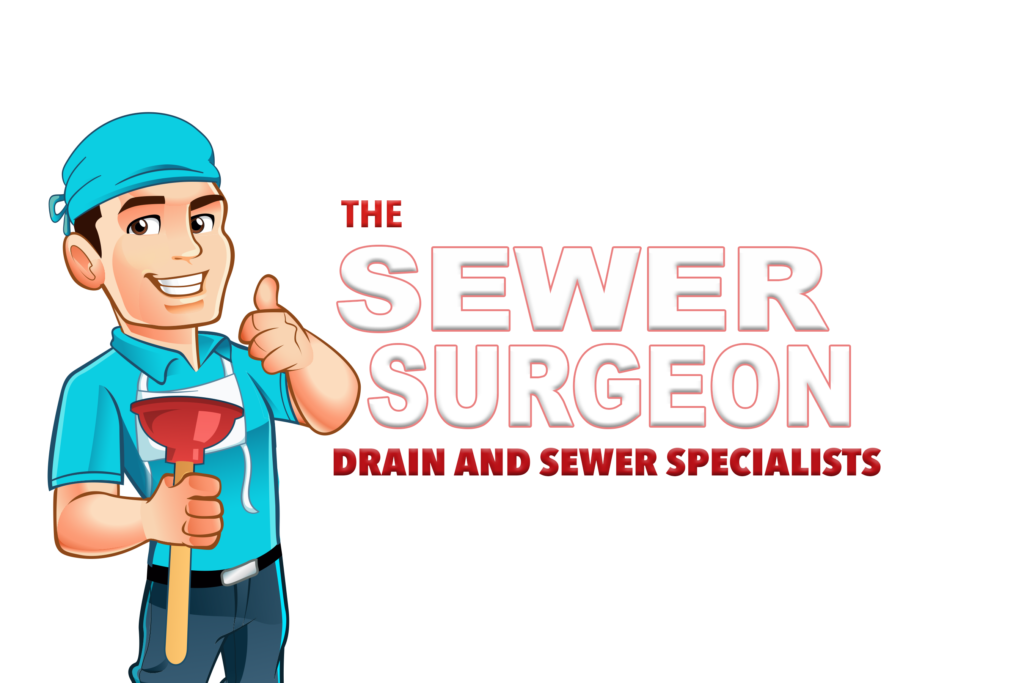As a homeowner, you may not pay attention to how your water gets into your home and feeds the sink, shower, toilet, and other water needs. However, the sewer line is key to getting water into your home for your family. If this line starts running slow or clogging, you may need to decide whether to clean the pipe out yourself or hire a professional.
If there are minor clogs in a sink, shower, tub, or toilet, it is possible to delay spending the money on a professional sewer pipe replacement and clean the pipe using a few simple steps. If cleaning does not fix the clog and more issues appear, then a sewer pipe replacement may be needed.
If your water is clogging, you need to address the problem quickly so that you do not have back-up in your sink, tub, or your toilet. If your water is backing up or your toilet water is bubbling, read on to determine whether you can clean your sewer pipe or whether your pipe needs to be replaced.
Cleaning the Sewer Pipe Yourself
If you have a single sink that is slow, a single toilet that is clogging, or a single shower that is getting clogged, you may not need a sewer pipe replacement and just need to clean the drain lines. However, if you do not clean it properly, cleaning out your sewer pipe with a snake or drain cleaner could actually make your sewer problems worse.
If most or all of your appliances are not working properly when it comes to water flow, your sewer line may have failed and cleaning will not help. However, if you just have a clog here or there, you can take the following steps to try to clean the sewer pipe yourself and save hundreds or thousands of dollars on a professional replacement:
- Use a pipe wrench to loosen the cap carefully on the drain pipe
- Quickly open the cap and move out of the way since any waste that has caused buildup will drain out of the main line
- Make sure all the waste runs out completely
- Using a plumbing snake or auger, gently feed the device through the pipe
- Run the snake or auger completely through the pipe until the clog is removed (when the water level gradually decreases and drains out completely)
- Spray the hose down your drain pipe to remove any other debris that may be remaining in the pipe
- Pull the snake or auger slowly out of the drain pipe and hose off any additional debris that comes out
- Place the cap securely back on the drain pipe with your pipe wrench
If your clog was minor, this solid cleaning should fix the issue by removing whatever was making the clog and your affected appliance should now be running smoothly. However, if you are still noticing slow drains or an increase in clogs throughout your home, you should consider replacing the sewer pipe.
If the clog is far down the sewer pipe, your snake or auger may not be long enough to reach it and pouring drain cleaner down will just cause chemicals to sit and migrate in the sewer system. This is when you should probably consult a professional to see if it needs a deeper cleaning or an entire sewer pipe replacement.
A Clean Water Sewer Line is Key
The water service line is essentially what brings water into your home. Your city should be responsible for maintaining the water service line and fixing any problems that are from the water main and sewers to your property. However, you are responsible for the water lines that run from inside your home to the edge of your property.
Why would a water line become damaged? Like anything else in the home, normal wear and tear from the buildup of waste and minerals, winter freezing and thawing, ground movement, and even tree roots can negatively affect your water lines. If you find your water is not running properly and ignore it, it could end up being an expensive fix.
Cleaning the main sewer pipe yourself can be an inexpensive way to fix your water line problems as long as you act immediately after seeing the proper signs. Otherwise, you may have to call a plumber to clean it for you or, worse, need to replace the sewer pipe, which can be expensive. Some signs that you need to clean your sewer pipe include:
- Gurgling sounds coming from the toilet or drain
- Slow water coming from the sink
- Bubbling water in the toilet
- The toilet clogging when flushed
- Flooding in the shower or tub
- Water drain backups
Any of the above signs may be telling you that you have a clogged sewer pipe that needs cleaning. Luckily, there are steps you can take to try to clean the sewer pipe out yourself and save money from calling a professional. If you notice that every drain in your home is slow or you have multiple signs, you may unfortunately need replacement.
A Professional Plumber Can Determine Next Steps
Just because you need to call a sewer cleaning professional does not automatically mean your sewer pipe will need to be replaced. First, the professional will perform a camera inspection by threading a camera down to see if there are tree root infiltrations, cracks or holes in the pipe, or if the pipe has partially or completely collapsed.
If the professional finds you just have a really tough clog, you are lucky and will save some money. The professional may just need to either use a power snake to loosen the clog and push it down to the main sewer. Another option is using a tool called a hydro jetter, which uses high-pressure water to clean the difficult buildup of waste.
If it is determined you need a sewer pipe replacement, things get more complicated. A trench will need to be dug along the whole length of the sewer pipe, which means excavating sidewalks or driveways if the pipe runs under them. Then the old sewer line is removed and a new sewer line is placed in the trench and connected to your system.
This entire sewer pipe replacement may take one or two days or much more since the professional needs to first dig the trench to expose the damaged sewer pipe. Depending on what the pipe is under, whether it is just grass or concrete, can add to the difficulties of digging the trench and add several days to the entire process.
How Much Does a Sewer Pipe Replacement Cost?
If you find out you need to replace your sewer pipe, replacing a sewer pipe is not cheap. You will need to pay for both the cost of the materials and labor for either a trench or trenchless repair. The labor cost can range dramatically depending on how complex it is to dig the trench, remove the old sewer pipe, and replace it with the new material:
- A traditional sewer pipe repair – $7,000 to $25,000 (around $250 per foot)
- A trenchless sewer pipe repair – $5,600 to $20,000 (around $200 per foot)
A trenchless sewer pipe replacement costs slightly less because it does not need the heavy machinery to dig the trench and excavate the damaged pipe. Instead, the professional will burst the damaged sewer pipe and then either install the new pipe in the same tunnel or line the new pipe into the damaged pipe with an epoxy layer.
Conclusion
Keeping your sewer pipes clean will maintain the shelf life of your pipes. You can simply put some baking soda into your lines once a month for preventative cleaning or hire a professional to clean your pipes and main sewer lines every few months. Completing some simple maintenance can save thousands of dollars in sewer pipe replacement.

